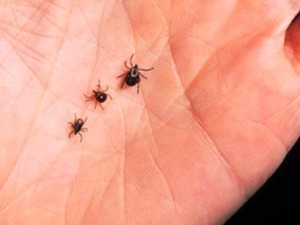It really depends on your definition of “worst.”
When it comes to sheer numbers, Lyme disease is by far the worst tick-borne illness. At the time of this writing, the CDC estimates that annual cases of Lyme infection in the United States lies somewhere between 300,000 and 400,000. If you have ever become infected with Lyme disease, you might say it’s the worst. If you or someone you know suffers from Chronic Lyme infection, you might assuredly believe it’s the worst. But there is another tick-born illness, which is passed by the deer tick, that is rearing its ugly head.
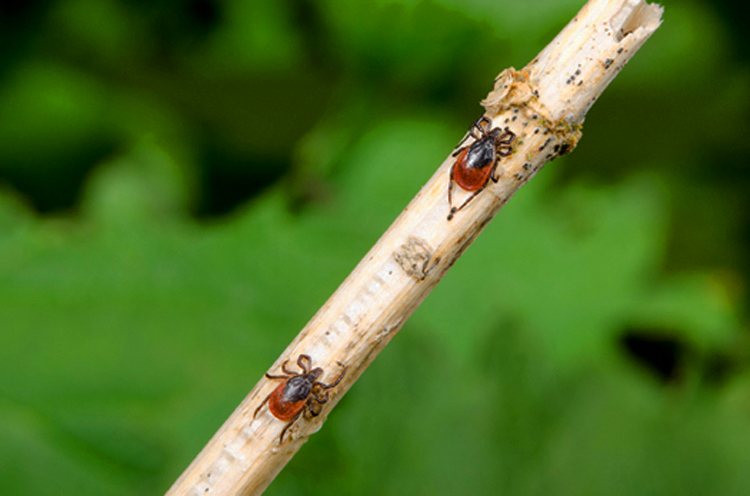
Powassan virus is worse in other ways.
Powassan virus disease is certainly not the worst in case numbers. Over the last decade, the United States has had about 100 confirmed cases of this tick-borne illness. However, if you or someone you know has been infected with Powassan virus, you would call it the worst. What makes it so?
Powassan symptoms are sporadic.
Symptoms of Powassan virus range from no symptoms at all to severe neurological affliction. The illness can be perplexing to medical professionals. Many patients are admitted to the hospital, where a battery of tests are run, which finally result in a confirmed case of Powassan virus disease. Symptoms can occur one week after a tick bite, or a month later. Symptoms can be vomiting, fever, loss of coordination, seizures, and even death.
No treatment, no vaccine.
Like Lyme disease, there is currently no vaccine for Powassan virus. And while Lyme disease can be treated and cured if diagnosed early, there is no treatment for Powassan. Doctors must intervene with treatment of symptoms, which can include IV fluids and respiratory support.
Powassan virus can be fatal.
Approximately 10-15% of severe cases of Powassan virus disease result in death. What’s more, those, who survive infection, are often left with lingering effects. One Barnstable Mass resident says he feels lucky to be alive after his run-in with this rare tick-borne illness.
What should you do to reduce your risk of exposure to tick-borne illnesses, like Lyme or Powassan?
Steps can be taken to reduce tick bite risks. These include very simple habits, like keeping your lawn cut short, and clearing brush, leaves, and yard waste from your property. If you are going out in nature, wear sleeves and pants to create a barrier between yourself and ticks. It is also recommended that you wear a repellent containing 20% DEET.
 The CDC also recommends augmenting your tick bite protection by treating your yard for ticks. Professional tick control companies offer solutions for tick elimination. Hiring professionals to treat your property means that you will be optimally protected. This is because tick control technicians are trained to seek out high-risk areas throughout your property to ensure that they are areas of focus for treatment. Reputable companies not only offer yard sprays on a rotating schedule from spring through fall, but extend their offering with tick control tubes. Tick tubes are placed in the fall and work to control the emerging tick population in the spring.
The CDC also recommends augmenting your tick bite protection by treating your yard for ticks. Professional tick control companies offer solutions for tick elimination. Hiring professionals to treat your property means that you will be optimally protected. This is because tick control technicians are trained to seek out high-risk areas throughout your property to ensure that they are areas of focus for treatment. Reputable companies not only offer yard sprays on a rotating schedule from spring through fall, but extend their offering with tick control tubes. Tick tubes are placed in the fall and work to control the emerging tick population in the spring.



 The best methods of tick-borne disease prevention for your pets are
The best methods of tick-borne disease prevention for your pets are 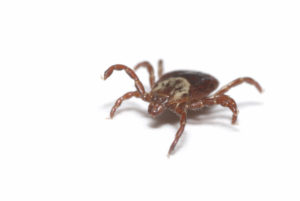 The main goal of all female ticks is to get their next blood meal, grow to adulthood, and reproduce. It’s their driving force. Both the
The main goal of all female ticks is to get their next blood meal, grow to adulthood, and reproduce. It’s their driving force. Both the 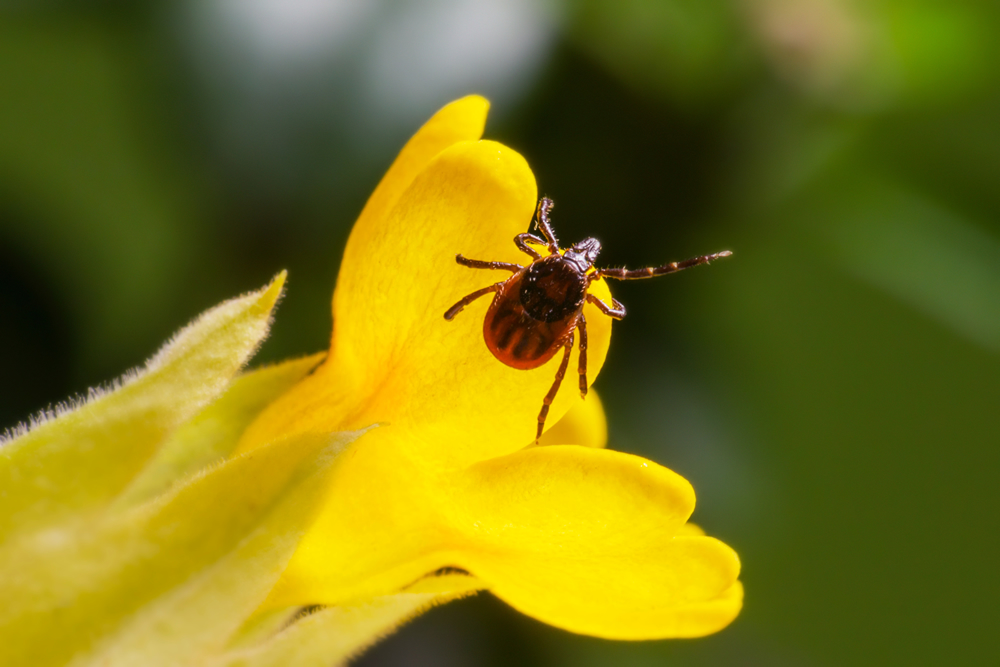
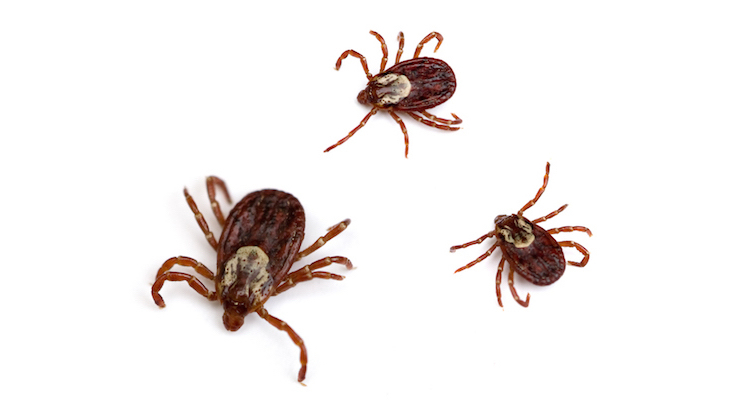
 Warm weather has arrived. We are spending more time outdoors. Central Mass ticks are on the prowl. They are hanging on low-lying vegetation in your backyards and your favorite outdoor areas, like playgrounds, hiking trails, and even the beach. You can help prevent tick-borne illnesses, like the ones above, by hiring a reputable Central Mass tick control company to spray all the areas around your home.
Warm weather has arrived. We are spending more time outdoors. Central Mass ticks are on the prowl. They are hanging on low-lying vegetation in your backyards and your favorite outdoor areas, like playgrounds, hiking trails, and even the beach. You can help prevent tick-borne illnesses, like the ones above, by hiring a reputable Central Mass tick control company to spray all the areas around your home. 